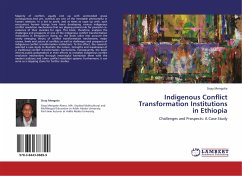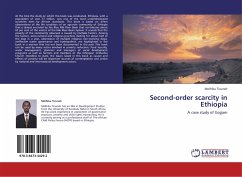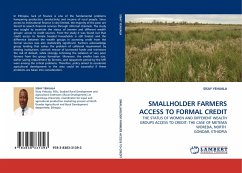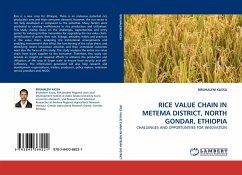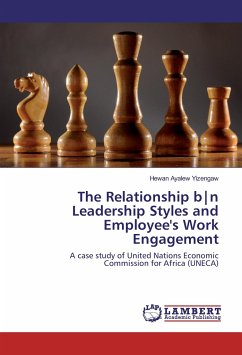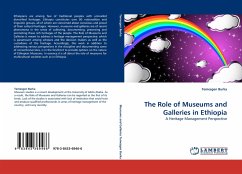
The Role of Museums and Galleries in Ethiopia
A Heritage Management Perspective
Versandkostenfrei!
Versandfertig in 6-10 Tagen
39,99 €
inkl. MwSt.

PAYBACK Punkte
20 °P sammeln!
Ethiopians are among few of traditional peoples with unrivalled diversified heritages. Ethiopia constitutes over 80 nationalities and linguistic groups, all of whom are concerned about conscious and proud of their cultural heritages. However, museums and galleries are of recent phenomena in the sense of collecting, documenting, preserving and promoting these rich heritages of the people. The Role of Museums and Galleries is meant to address a heritage management perspective, which is paramount among scholars and the decision makers as well as the custodians of the heritage. Accordingly, this w...
Ethiopians are among few of traditional peoples with unrivalled diversified heritages. Ethiopia constitutes over 80 nationalities and linguistic groups, all of whom are concerned about conscious and proud of their cultural heritages. However, museums and galleries are of recent phenomena in the sense of collecting, documenting, preserving and promoting these rich heritages of the people. The Role of Museums and Galleries is meant to address a heritage management perspective, which is paramount among scholars and the decision makers as well as the custodians of the heritage. Accordingly, this work in addition to addressing various perspectives in the discipline and documenting some of conventional sites, is in the forefront to provide options on the nature of Ethiopian Museums. In essence,it is all about the role of museums for multicultural societies such as in Ethiopia.






